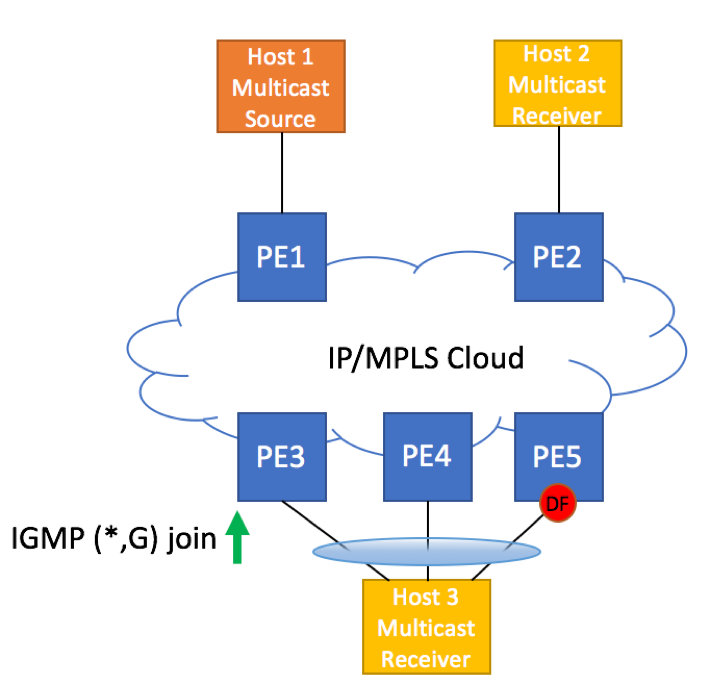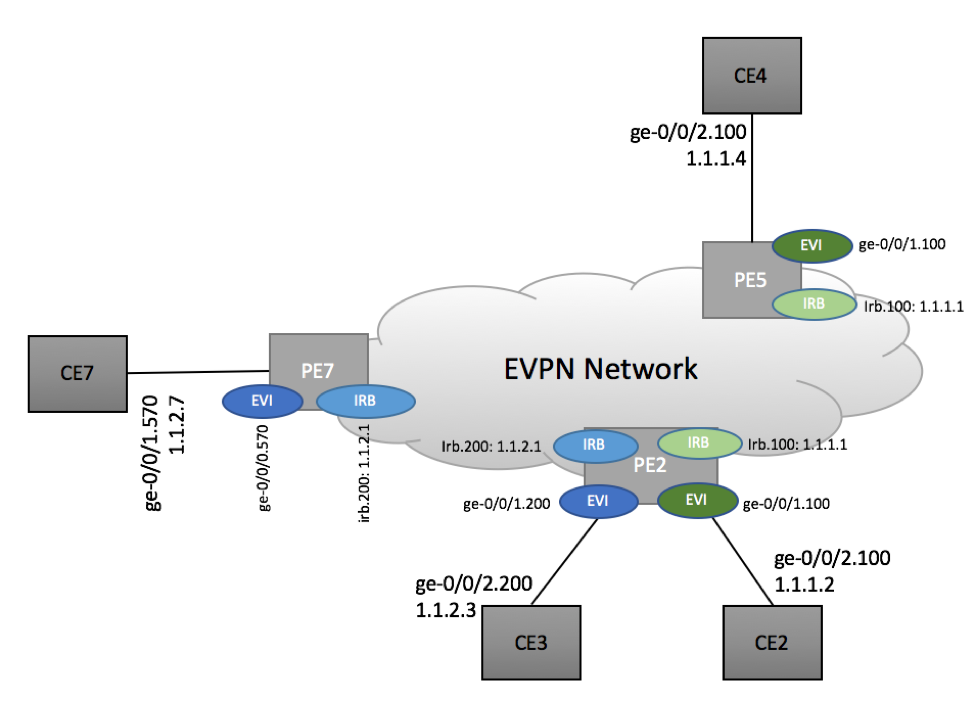Please take a look at https://replay.bgphelp.com
BGP Replay is a web platform designed for network engineers and researchers to analyze historical BGP prefix advertisements. It allows users to replay BGP routing events over time, providing insights into changes in prefix announcements, withdrawals, and propagation. The tool is built for practical use cases like diagnosing past routing issues, analyzing prefix hijacks, or studying the behavior of a specific IPv4 or IPv6 prefix.



